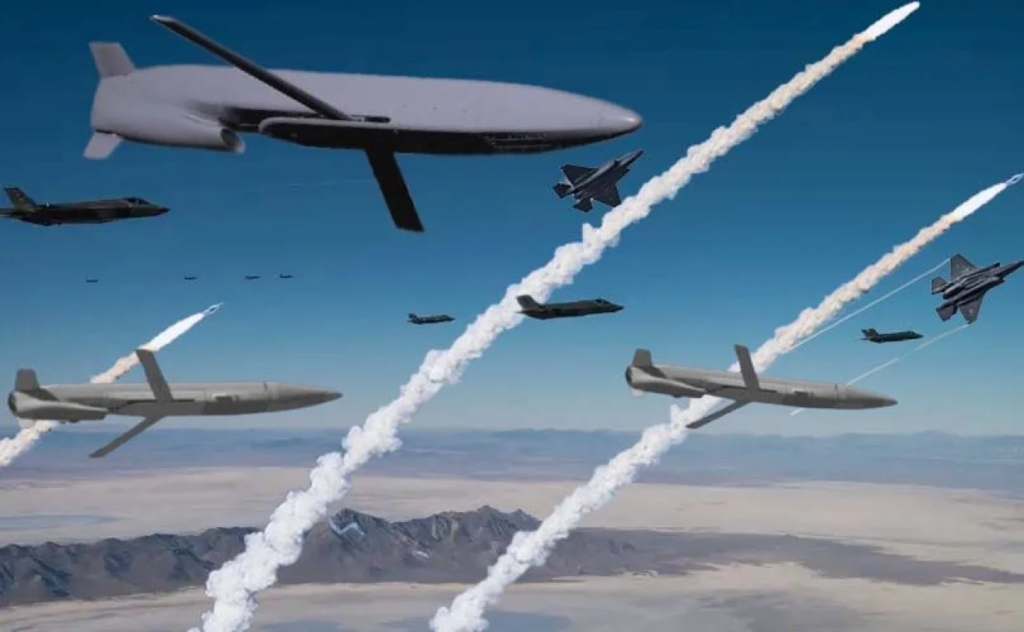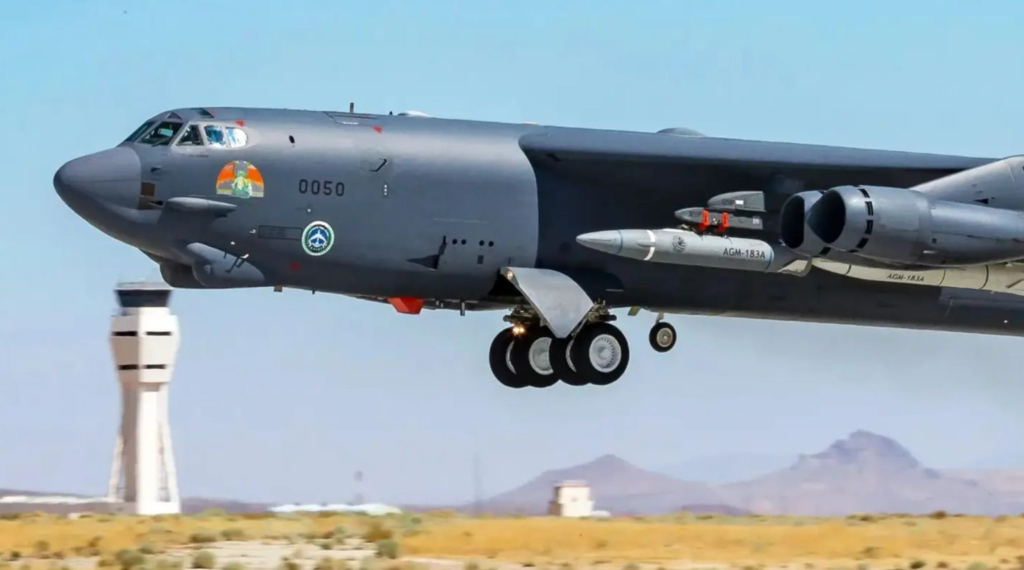The year was 1960, and the embers of the Korean war were still burning nearly a decade later. The Soviet Union had just introduced a new weapon. The heat-seeking air-to-air-missile for an aerial dogfight by combat jets had just been invented and operationalized.
Advertisement
The near-sighted, myopic military strategists and experts believed the days of crewed fighter aircraft were over. The United Kingdom was then in the process of developing a multi-role combat jet code-named TSR-2. They had come up with two prototypes of the TSR-2.
Yet, the then British Member of Parliament Duncan Sandys initiated a vitriolic against manned fighters and bombers and prophesied that the heat-seeking air-to-air missiles would shoot down every fighter/bomber.
He, so sure-footedly, suggested the TSR-2 project should be scrapped and sold that idea to less-informed colleagues in the British Parliament. Consequently, the TSR-2 project was abandoned, and the United Kingdom has yet to recover from that folly even today.
Advertisement
Opposition To Manned Aircraft
Modern-day Duncan Sandys’ is still alive and kicking. They start advocating that days of manned fighters are over at the drop of a hat since far more potent Beyond Visual Range (BVRs) air-to-air missiles are operationally employed.
This is even though Lockheed Martin, the world’s largest defense company from the United States of America, is slated to produce over 2,000 units of the F-35 fifth-generation fighter aircraft variants touted as the world’s most expensive combat jet yet.
Lethal Air Defense Environment
Rapid progress in the operational capability of Surface-to-Air Missiles (SAMs) has altered the character of Vulnerable Areas (Vas), Vulnerable Points (VPs), and Tactical Battle Areas (TBA). The air defense environment is dense and nearly impregnable.
Transit through these areas can be accomplished only if unacceptable attrition to unprotected strike elements is acceptable.
But the strike elements of Air Power must still reach and destroy the target. Electronic Counter-Measures (ECM) and Electronic Counter-Counter-Measures (ECCM) have reduced the attrition rate. However, an intelligent Air Defense (AD) Commander can still track the penetrating strike element by modifying the tracking and target designation tactics suitably.
Incidentally, air warriors of all air forces have been conscious of the risk and have tried to adapt to conventional and nearly fool-proof measures. One such effort was to confuse the AD network by creating multiple targets, most of which will be fake, thus allowing the genuine fighter/bomber to accomplish its mission and get away safely.
Advertisement
Use Of Decoys By USAF Strategic Bombers
The United States Air Force (USAF) seized on this problem as early as 1955. B-52s, the strategic bomber, was the mainstay of the nuclear triad. But its survivability was questionable.
USAF addressed the issue by developing a decoy, which could be carried in the weapons bay and released at predetermined points. The main characteristic of the decoy was painting “Near Identical Radar Signature” to that of an actual B-52. It was named GAM-72, now modified and renamed ADM-20 Quail.
The ADM-20 is an operational platform, two of which are carried in the bomb bay of B-52. While approaching the enemy AD network, the Boeing Company made the world’s most combat-capable bomber yet, releasing both decoys.
The enemy AD network has to identify the ‘live’ aircraft from the decoys because the radar signatures of the decoys are nearly identical to the ‘live’ bomber. This is accomplished by the Signature Augmentation System (SAS) technology.
The flying characteristics of the decoys also match with the ‘live’ bomber. The most advanced integrated AD systems have failed to find a solution to this problem.
Advertisement
Evolution Of MALD
The Signature Augmentation System (SAS) technology is now being extended to protect fighter jets. The USAF decided to examine this issue for fighter protection seriously in the early 1990s.

But, designing a Miniature Air-Launched Decoy (MALD), which will meet requirements for all fighters, is not easy for two reasons. First, the fighter must carry the MALD, thus occupying one hot point and reducing the weapon load-carrying capability of the combat jet. Second, the launch of MALD cannot be done arbitrarily.
It has to be pre-planned, and this poses a problem for the unpredictable nature of threats during a combat jet’s flying mission, which is today multi-role on demand during flight.
The MALD, incidentally, is expendable. Hence, their production cost has to be cheap, and availability has to be in large numbers.
The USAF has taken another giant stride in developing the MALD by integrating the Electronic Warfare (EW) capability, providing additional safety to the strike aircraft.
The cost of currently operational but expendable MALD ranges from US$ 30,000 to US$ 120,000. It must be clarified that MALD must not be construed to be a substitute for EW systems.
The tactical employment of MALD is mission-centric and cannot be generalized. The latest effort of MALD manufacturers is to produce a platform that can be recovered. But this is still at the conceptual stage.
Advertisement

Only the USAF has taken giant strides in integrating the MALD technology with manned fighters/bombers. The Indian Air Force (IAF) must examine the issue of acquiring MALD platforms from the US and then develop the system indigenously.
While the US has also not toyed with placing a small warhead on each MALD, the idea merits a look into it because each MALD protecting and accompanying a strike mission is slated to crash into enemy territory. Even a tiny amount of explosive on the MALD could cause some damage on impact.
The extensive use of the MALD might be the answer to defeat the densest and most integrated AD environment like the one in China. The manned fighter/bomber will remain the most potent military element until the end of this century.
Even satellite warfare and Electro-Magnetic Pulses (EMPs) weapons will not be able to prevent a dedicated fighter/bomber from reaching the target, engaging it successfully, and returning safely.
The MALD technology must not be viewed as a ‘fighter/bomber’ only technology. The SAS technology can produce radar signatures of giant Airborne Early Warning (AEW) aircraft, airborne refuellers, heavy-lift cargo aircraft, and even helicopters.
Advertisement